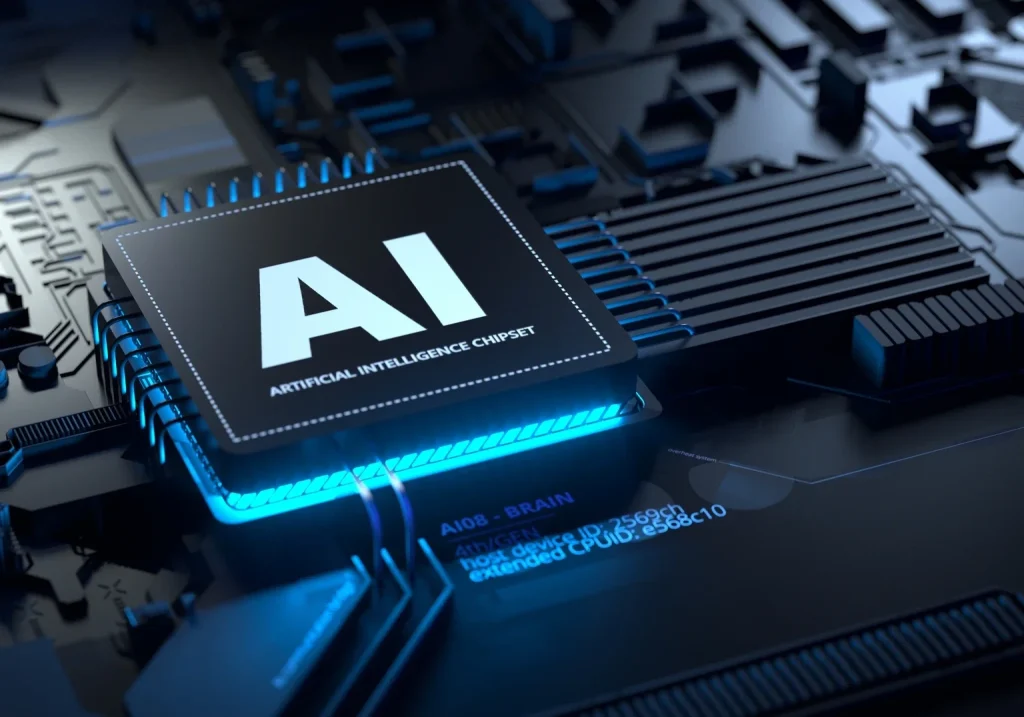Investors are watching closely as major technology companies turn aggressively to public debt markets to fund the massive infrastructure required for artificial intelligence.
While leverage across the sector remains low, the rapid acceleration in borrowing is raising questions about the bond market’s capacity to absorb the supply and whether these massive investments will yield the promised returns.
The Shift from Cash to Bonds
For years, Silicon Valley’s giants relied primarily on their massive cash reserves to fund growth. However, the race to build AI-ready data centers has triggered a strategic shift.
Since September, four of the industry’s largest cloud computing and AI platform companies collectively known as “hyperscalers” have issued nearly $90 billion in public bonds.
-
Meta: $30 billion
-
Alphabet (Google): $25 billion
-
Oracle: $18 billion
-
Amazon: $15 billion
Among the top players, only Microsoft has abstained from tapping the debt market in recent weeks.
Surging Capital Expenditures
The scale of spending is unprecedented. Analysts note that debt issuance for these hyperscalers has jumped to over $120 billion this year, a stark increase from the five-year average of $28 billion. This funding includes significant private financing deals, such as a recent $27 billion agreement Meta secured for a data center project.
The trajectory for capital expenditure (CapEx) is equally steep:
-
2024: Over $200 billion
-
2025: Projected to reach just under $400 billion
-
2027: Projected to hit $600 billion
Consequently, net debt issuance is expected to reach $100 billion by 2026.
Investor Sentiment: Caution Amidst Growth
While the S&P 500 has risen 11% this year, largely driven by tech stocks, the sudden flood of bond issuance has triggered a pullback. Market participants are realizing that free cash flow and private credit markets alone cannot support the AI build-out; the public bond market must shoulder the burden.
This recognition has caused some friction. Although demand for these bonds remains strong, investors have required companies to pay premiums of approximately 10 to 15 basis points over existing debt to absorb the new supply.
Investment-grade credit spreads have also ticked upward recently, reflecting the market’s attempt to digest the influx of new paper.
The Outlier: Nvidia De-leverages
Interestingly, while its customers ramp up borrowing, Nvidia—the primary supplier of AI computing power is moving in the opposite direction. The chipmaker reduced its long-term debt from $8.5 billion in January to $7.5 billion by the end of the third quarter, bolstered by robust cash flow and revenue growth.
The Bottom Line
Despite the uneasiness regarding the sheer volume of debt, the financial health of these tech giants remains robust. Most planned capital expenditure estimated at 80% to 90% is still funded by cash flows.
Furthermore, leverage ratios for these companies remain exceptionally low, generally staying below 1x (meaning their earnings exceed their total debt). For now, the primary constraint on AI expansion appears to be supply chain bottlenecks rather than a lack of balance sheet capacity.
UN Chief from Sudan: Darfur “Horror Show”–Send More Aid Workers Now























